8 Health Benefits of Wild Alaskan Sockeye Salmon

Eating seafood rich in omega-3 is crucial for our overall health.
And out of all fish, Alaskan salmon is one of the very best choices.
But what are the differences between wild Alaskan salmon and farmed salmon?
And what are some specific health benefits?
Wild salmon is one of the healthiest foods around, and this article covers eight impressive benefits it has on our health.
Wild Salmon Nutrition Facts
Based on a 5oz fillet (140g), Alaskan sockeye salmon contains;
- 214 calories
- 0g carbohydrate
- 10g fat (omega 3: 1.58g, omega 6: 0.11g)
- 30.5g protein
Here is a nutrient table showing the vitamin and mineral profile wild salmon provides (1);
| Vitamin B12 | 180% RDA |
| Selenium | 60% RDA |
| Niacin (Vitamin B3) | 55% RDA |
| Phosphorus | 35% RDA |
| Thiamin (Vitamin B1) | 25% RDA |
| Riboflavin (Vitamin B2) | 25% RDA |
| Vitamin B6 | 20% RDA |
| Pantothenic Acid (Vitamin B5) | 15% RDA |
| Potassium | 15% RDA |
| Magnesium | 10% RDA |
As shown above, wild Alaskan sockeye salmon is a significant source of B vitamins and selenium.
In addition to the nutrients in the table, it also contains a broad range of vitamins and minerals in trace amounts.
In fact, sockeye is more nutritious than most other kinds of salmon.
Salmon Skin is Healthy Too!
A lot of people wonder if it is possible to eat the skin and whether or not it is healthy.
The simple answer is yes.
In fact, the skin of salmon contains a fair amount of nutrients and provides a concentrated source of omega-3.
For the best-tasting salmon, it should be slightly crispy.
What is the Difference Between Wild and Farmed Salmon?
Before we get into the specific benefits of wild salmon, here are a few points on the visible and unseen differences it has with the farmed variety.
Color
First of all, a fillet of wild Alaskan sockeye salmon has a deep red color.
It looks like this;
This red color comes from the antioxidant known as astaxanthin, which has a strong red pigment.
Wild salmon contains much more of this than farmed salmon due to its natural diet rich in sea vegetation.
Farmed salmon looks like this;
Taste
While the overall flavor is similar, wild salmon has a much deeper and more intense flavor than its farmed cousin.
Regarding the feeling, farmed salmon is much higher in fat and therefore has a softer texture.
Nutrition
Remember the term ‘you are what you eat?’
Well, it’s true.
Due to the significant discrepancies between the feed of farmed and wild salmon, the nutrient profile is quite different.
Based on a 5oz fillet (140g), Atlantic farmed salmon contains (2);
- 291 calories (+77g)
- 0g carbohydrate (-)
- 19g fat (+9g) (omega 3: 3.51g, omega 6: 1.37g)
- 28.5g protein (-2g)
The table below directly compares the two;
| Wild Alaskan Sockeye Salmon | Farmed Atlantic Salmon |
| Vitamin B12: 180% RDA | Vitamin B12: 75% RDA |
| Selenium: 60% RDA | Selenium: 50% RDA |
| Niacin: 55% RDA | Niacin: 60% RDA |
| Phosphorus: 35% RDA | Phosphorus: 35% RDA |
| Thiamin: 25% RDA | Thiamin: 20% RDA |
| Riboflavin: 25% RDA | Riboflavin: 15% RDA |
| Vitamin B6: 20% RDA | Vitamin B6: 45% RDA |
| Vitamin B5: 15% RDA | Vitamin B5: 20% |
| Potassium: 15% RDA | Potassium: 15% RDA |
| Magnesium: 10% RDA | Magnesium: 10% RDA |
Overall, farmed salmon has more fat and more calories, and the nutrient profile is relatively similar.
Wild Alaskan salmon contains a better ratio of omega 3 to omega 6, but an overall smaller amount of each as it is a leaner fish.
However, the main health issue regarding farmed salmon is exposure to industry contaminants. We’ll look at this a little later on.
1. Salmon Has Benefits For Heart Health
The first positive of wild salmon is the benefits it brings for heart health.
Salmon is one of the best sources of omega-3 in the world, and all varieties provide large amounts of the omega-3 fatty acids eicosapentaenoic acid (EPA) and docosahexaenoic acid (DHA).
Omega-3 exerts a range of health-protective effects on the cardiovascular system. Specifically, these impacts include (3, 4);
- Reducing triglycerides
- Normalizing heart rhythm
- Improving blood flow
- Lowering (high) blood pressure
All of these factors significantly reduce the long-term risk of cardiovascular disease.
Also, extreme heart arrhythmias—otherwise known as palpitations—can be a dangerous condition.
Research suggests they are the biggest cause of sudden death in non-heart disease patients, and studies show that omega-3 is protective against them. (5, 6).
2. Safer Than Farmed Salmon
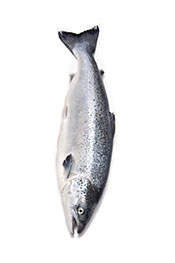
Wild Alaskan sockeye salmon is significantly safer than consuming farmed Atlantic salmon.
One of the negative points of aquaculture is contaminants, as well as the wide range of chemicals farmers use to fight disease (7, 8).
Studies on farmed salmon have uncovered that the fish contain a variety of harmful compounds, which include;
- Antibiotics
- Dioxins
- Heavy metals
- Pesticides
- Polychlorinated biphenyls (PCBs)
Markedly, sea lice are a significant problem in the salmon farming industry, and farms use harmful antibiotics to control them (9).
Additionally, dioxins and PCBs are several times more prevalent in farmed salmon than wild. Worryingly, they have links to serious health conditions such as cancer and cardiovascular disease (10).
Fortunately, clean-up efforts in Norway’s salmon farms have seen these contaminants largely decrease since 2006 (11).
However, the fact remains that industrial chemicals are harmful in any quantity – and we should limit exposure as much as possible.
All fish contain some contaminants, but wild Alaskan salmon is a lot cleaner than the farmed stuff (12).
3. Improves Blood Lipids and Cholesterol Profile
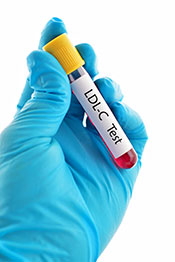
As previously mentioned, wild Alaskan salmon has many benefits for heart health. These health-protective effects largely come from the impact it has on blood lipids.
In fact, regularly eating fatty fish like salmon improves cardiovascular markers across the board;
- Higher consumption of EPA and DHA from omega-3 rich fish increase high-density lipoprotein (HDL) and decrease triglyceride (TG) levels. The HDL to TG ratio is one of the strongest risk factors for heart disease; the higher the amount of HDL, the better (13, 14).
- Omega-3 decreases secretion of very-low-density lipoprotein (VLDL), which is considered to be the most atherogenic lipoprotein. Data also suggests that the body clears VLDL particles quicker with higher levels of omega-3 (15).
Unfortunately, the modern diet is too high in omega-6 which competes with omega-3 for uptake into our body’s cells. The result of this is that many people have an omega-3 deficiency (16, 17).
However, we can vastly improve the amount of omega-3 in our body through two simple steps;
- Avoiding industrial omega-6 vegetable oils like soybean oil, corn oil, and safflower oil.
- Eating two or three portions of oily fish per week. Alongside wild sardines, Alaskan salmon is one of the best choices.
4. Fights Inflammation
Inflammation is the body’s natural reaction in times of stress or illness, or when the body is exposed to harmful compounds.
However, excessive—and prolonged—inflammatory responses by the immune system are thought to be a key driver of all chronic disease.
Regularly consuming wild salmon can also help our body fight the effects of inflammation. Again, this is due to the omega-3 content of the fish.
- Substantial evidence shows that EPA and DHA fatty acids inhibit a number of inflammatory processes and mechanisms in the body (18).
- Omega-3 from fish like salmon has an anti-inflammatory effect which reduces both risk and severity of inflammatory conditions and diseases. For instance, cardiovascular disease, Alzheimer’s, type 2 diabetes, rheumatoid arthritis, asthma, eczema, and psoriasis (19).
- Consumption of long-chain omega-3 creates anti-inflammatory compounds in the body known as resolvins. These compounds help protect tissue and fight low-grade chronic inflammation (20).
5. Wild Alaskan Salmon is a Huge Source of Selenium
Selenium is a critical mineral for our overall health.
Similar to omega-3, people are consuming less selenium in the present day. One of the reasons for this is that soil selenium concentrations have become extremely low in many crop-growing areas.
The map below shows how much selenium levels in soil can vary across the continental United States (21);

Selenium deficiency can lead to a wide range of health problems, including (22);
- Poor immune function
- Fatigue and tiredness
- Hypothyroidism
- Low fertility levels
- Dull and damaged skin, nails, and hair
- Cardiovascular disease (in the long-term)
With this in mind, another key benefit of wild Alaskan salmon is the significant amount of selenium it provides.
Specifically, it contains 60% of the recommended daily selenium value per 140g sockeye salmon fillet (23).
6. DHA Boosts Brain Health
The omega-3 fatty acid named docosahexaenoic acid (DHA) is one of the best things we can consume for brain health.
While a basic level of DHA is an absolute requirement for normal brain function, higher levels are likely necessary to protect our brain health.
Sockeye salmon is an abundant source of DHA, and it is this fatty acid that many people credit for the cognitive health of the Japanese elderly.
DHA may go some way in explaining the burden of cognitive decline related disease in the Western world. For instance, Japanese elderly have twice the circulating levels of DHA compared to those of a similar age in England.
Besides this, there is a strong link between low serum levels of DHA and cognitive decline risk over a decade (24).
Research shows that adequate DHA levels are protective against all-cause cognitive decline, including Alzheimer’s disease, Parkinson’s, and vascular dementia (25, 26, 27).
7. Wild Salmon Contains Astaxanthin
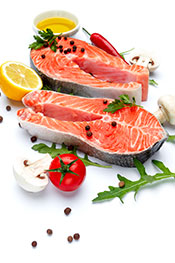
First of all, you may be surprised to hear that not only fruit and vegetables contain antioxidants. As a matter of fact, so does chocolate, coffee, and even meat (28).
Alaskan salmon is no different and contains a range of antioxidants. Among these, astaxanthin is the most famous due to the wide-reaching positive impacts it has on our health.
Notably;
- Clinical studies in human subjects indicate that astaxanthin helps reduce oxidative stress and inflammation (29).
- Astaxanthin protects against UV-induced skin damage and helps prevent cell alterations. In-vitro tests show it to be the most UV-protective carotenoid (30).
- A wealth of studies shows that astaxanthin can help protect against atherosclerosis (build-up of plaque in the arteries). This effect is multi-factorial in nature and involves reducing inflammation and improvements in glucose and lipid metabolism (31, 32).
It’s important to realize that salmon gets astaxanthin from the algae in its natural diet.
For this reason, wild salmon provides a much higher source than salmon from a fish farm.
8. Helps Stabilize Arterial Plaque
In patients with existing cardiovascular disease, omega-3 fatty acids have several beneficial impacts.
A buildup of plaque in the arteries is far from ideal, but the real threat comes when plaque ruptures. It is the rupture of this plaque that “causes the catastrophic consequences of atherosclerosis” (33).
In other words, when arterial plaque breaks/ruptures it may block or severely disrupt the flow of blood, leading to a heart attack.
One of the major benefits of salmon is that research shows DHA and EPA improve the stability of plaque and help prevent it from rupturing.
In addition to this, omega-3 fatty acids help decrease overall inflammation and appear to reduce atherosclerotic plaque formation (34, 35).
These are some of the main reasons why doctors encourage patients to include fatty fish in their diet.
Final Thoughts
As can be seen from the nutrient profile and the eight benefits, wild Alaskan sockeye salmon is one of the best foods you can eat.
It provides an abundance of essential nutrients, exerts anti-inflammatory effects on the body, and helps reduce the risk/severity of chronic disease.
But what about farmed salmon?
I would say farmed salmon is distinctly second best.
However, if you are not getting enough omega-3 in your diet, then the available research suggests it is likely better than no fatty fish.
To sum up; if wild Alaskan salmon is available and you can afford it, it should be the first choice.
For more on salmon, see this guide to the benefits (and concerns) of smoked salmon.
Related Articles

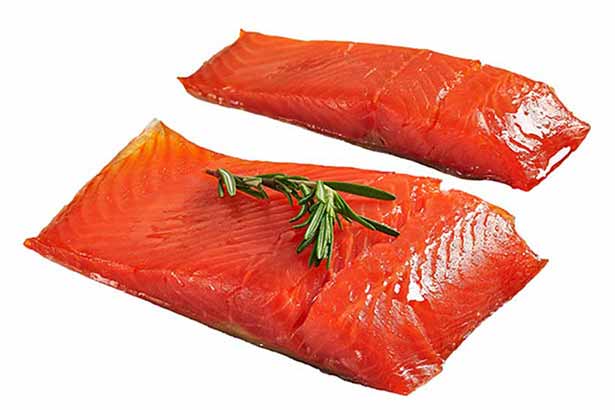
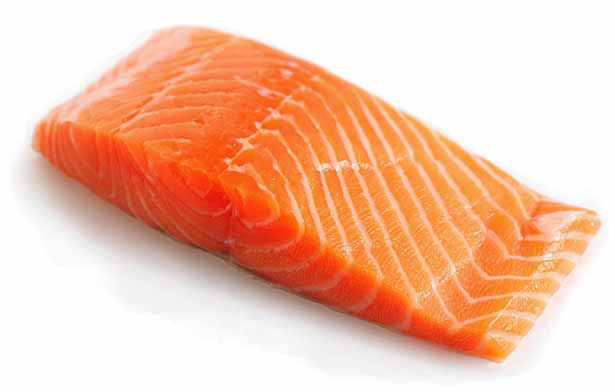
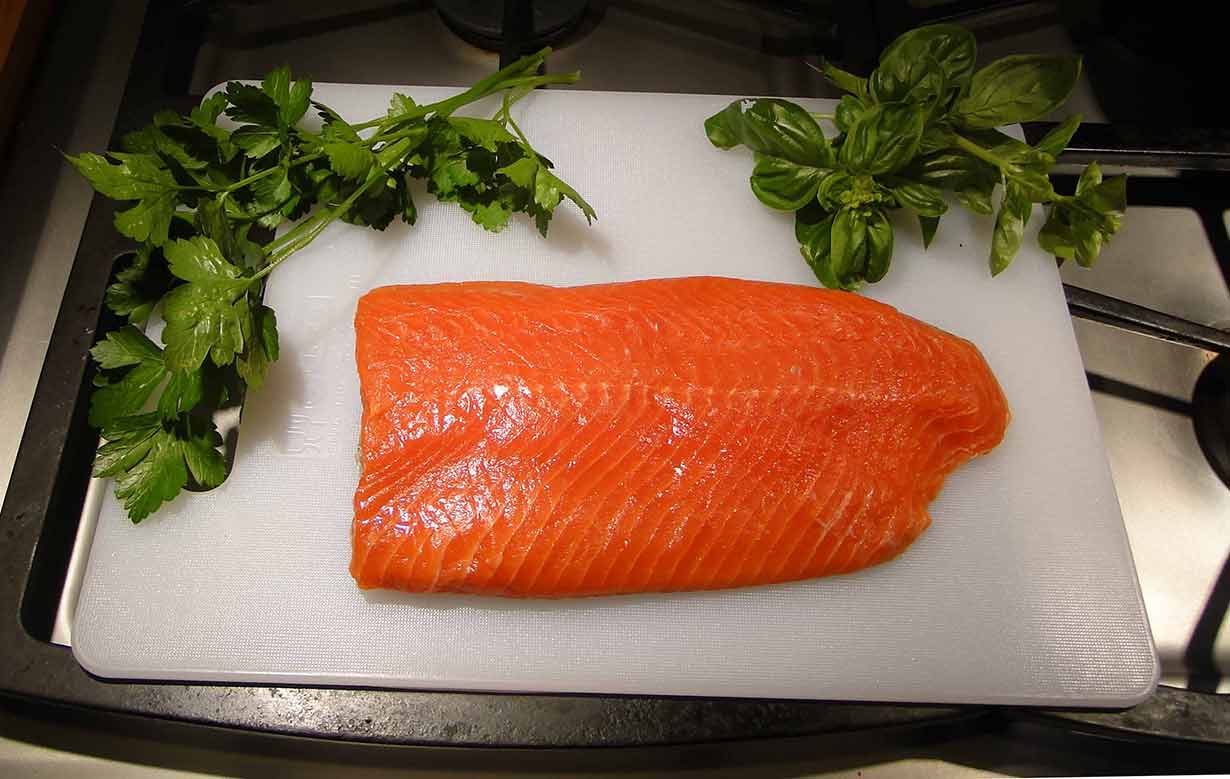
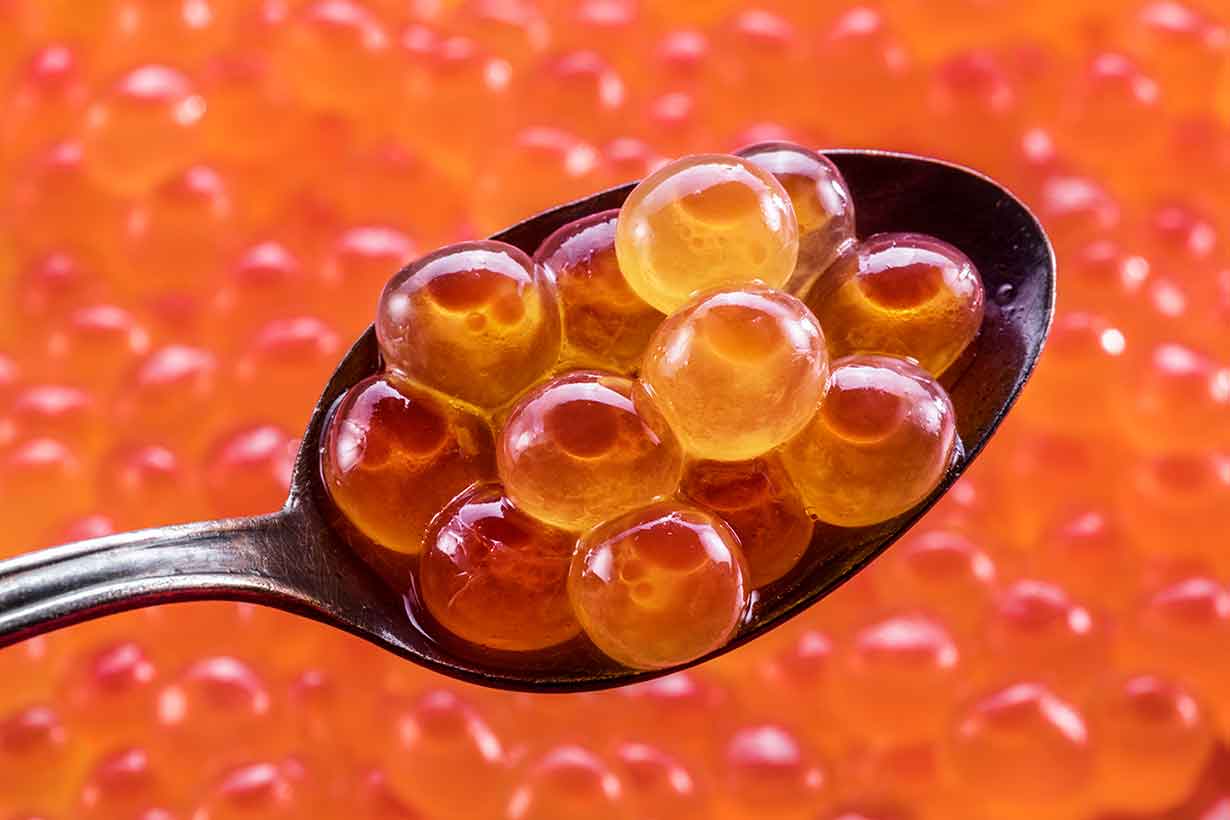
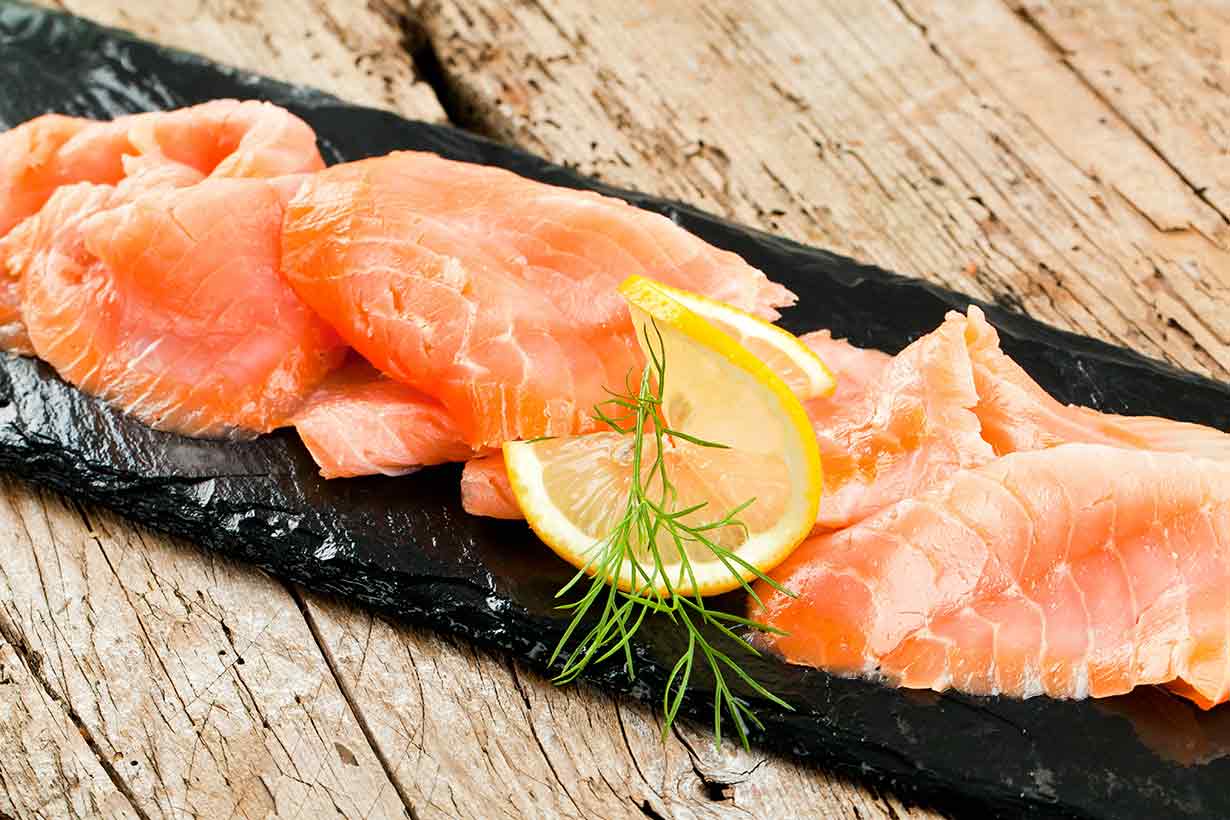
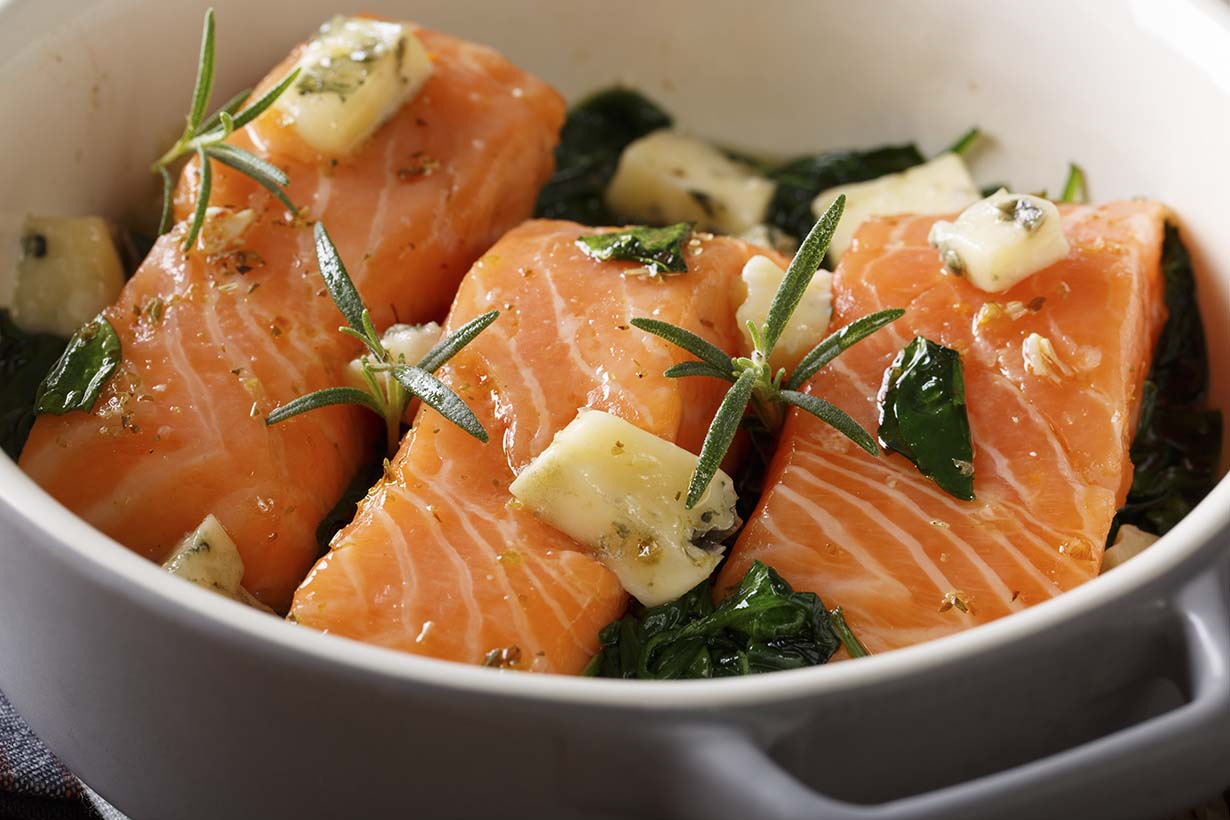
6 thoughts on “8 Health Benefits of Wild Alaskan Sockeye Salmon”
How about canned Salmon?
Canned is fine too!
When salmon skins are crispy fried, they taste like bacon. So tasty that everyone won’t notice that they’re eating fish.
I know what you mean, Lita! I love that taste.
Saying that though, I think all salmon tastes pretty good…
In the UK canned salmon is labelled as Wild while fresh salmon is mostly farmed although some specialist fishmongers have wild salmon.
I think farmed salmon is still better than no oily fish, but wild is great if available/affordable.
Comments are closed.